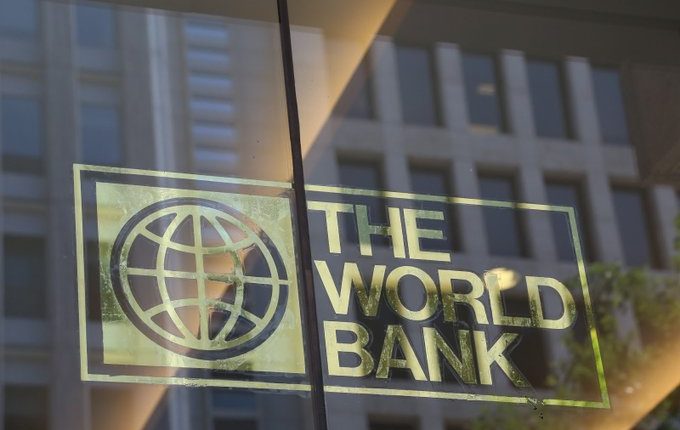RIYADH — The economies of the Gulf Cooperation Council (GCC) are projected to expand by 5.9% overall in 2022, with this recovery likely to continue in the medium-term, driven by the hydrocarbon and non-hydrocarbon sectors. The GCC comprises six countries—Bahrain, Kuwait, Oman, Qatar, Saudi Arabia, and the United Arab Emirates.
The latest issue of the World Bank’s Gulf Economic Update (GEU), “Achieving Climate Change Pledges,” describes them as rebounding robustly from the COVID-19 pandemic in the course of 2021 and at the beginning of 2022. It attributes the rebound to a broadly successful vaccination rollout across the GCC, the easing of pandemic restrictions, and developments in the hydrocarbon market. As a result, fiscal deficits have markedly improved, with the GCC external balance reaching pre-pandemic levels in 2021 as energy prices and export earnings strengthened.
As major hydrocarbon exporters, GCC countries may also benefit from changes in the energy markets brought about by the war in Ukraine. These countries may see strong fiscal and external surpluses, which could help spur consumer confidence and investments.
However, the war has also placed energy security at the top of the agenda of many major oil importers, thereby accelerating their plans for a transition to green growth. The GEU contains a special chapter focusing on critical steps that need to be taken towards energy subsidies, fiscal consolidation, and the importance of getting prices right to bring about an environment that places the private sector at the forefront of green growth.
“As GCC countries commit to the net-zero objectives laid out in their pledges and strategies, it is important to restructure energy and water subsidies and address the GCC’s challenge of moving to a more sustainable growth model less hydrocarbon dependent and managing the transition to a global low-carbon economic environment that risk to see their oil revenues reduced in the next few decades,” said Issam Abousleiman, World Bank Regional Director for the GCC.
The special chapter of the GEU discusses opportunities to restructure energy subsidies in the region, as well as opportunities that exist for the GCC countries to become renewable energy powerhouses by diversifying into green technologies. This transition to an environment-friendly model will be a recurrent theme in future issues of the Gulf Economic Update, making this the first in a series that will focus on green growth in the region.
GCC Countries Outlook
Bahrain: Bahrain’s economy is expected to accelerate in 2022 to 3.5%, boosted by surging energy prices. Recovery in the non-oil economy will be driven by expansion in the transportation and communication sectors, as well as increased agriculture and fishing.
Kuwait: Economic growth in 2022 is expected to accelerate to 5.7%, due to higher oil output as OPEC+ cuts are phased out and domestic demand strengthens.
Oman: Growth in 2022 is projected to reach 5.6%, underpinned by more than 8% growth in the hydrocarbon sector, while the non-oil economy continues to grow by more than 2% as faster vaccine rollout strengthens domestic activity.
Qatar: Real GDP is estimated to rise in 2022 to 4.9% on the heels of boosted hydrocarbon exports, while growth in private consumption may be slightly lower, at 4.8%, driven by a potential dilution of World Cup proceeds and higher prices.
Saudi Arabia: Growth is expected to accelerate to 7% in 2022, driven by stronger oil output following OPEC+ production cuts and continued growth in non-oil sectors, and supported by stronger consumption, increased tourism, and higher domestic capital spending.
United Arab Emirates: Economic recovery is projected to continue in 2022, with growth anticipated to reach 4.7% driven by oil and non-oil sectors.


Comments are closed.